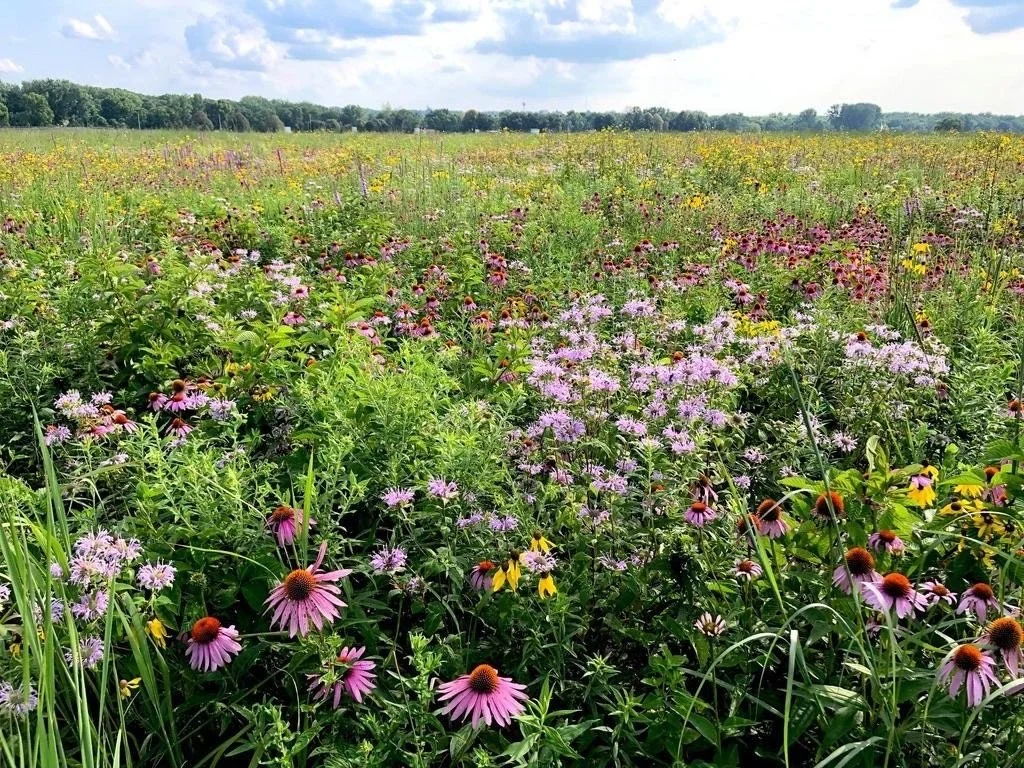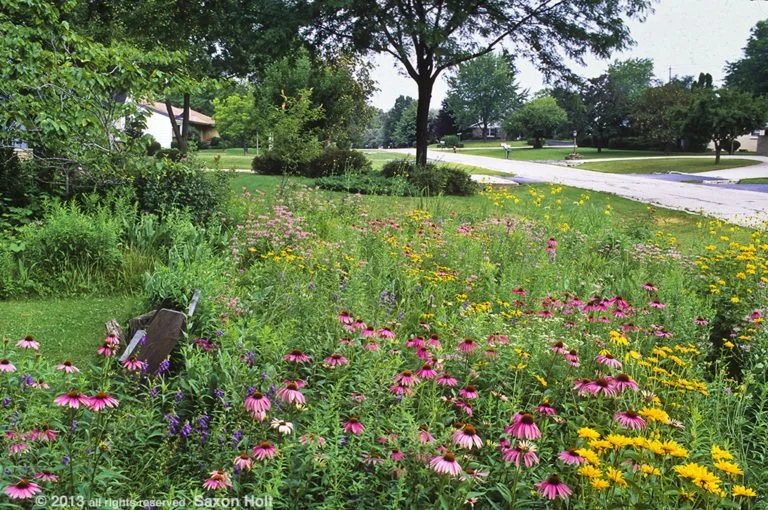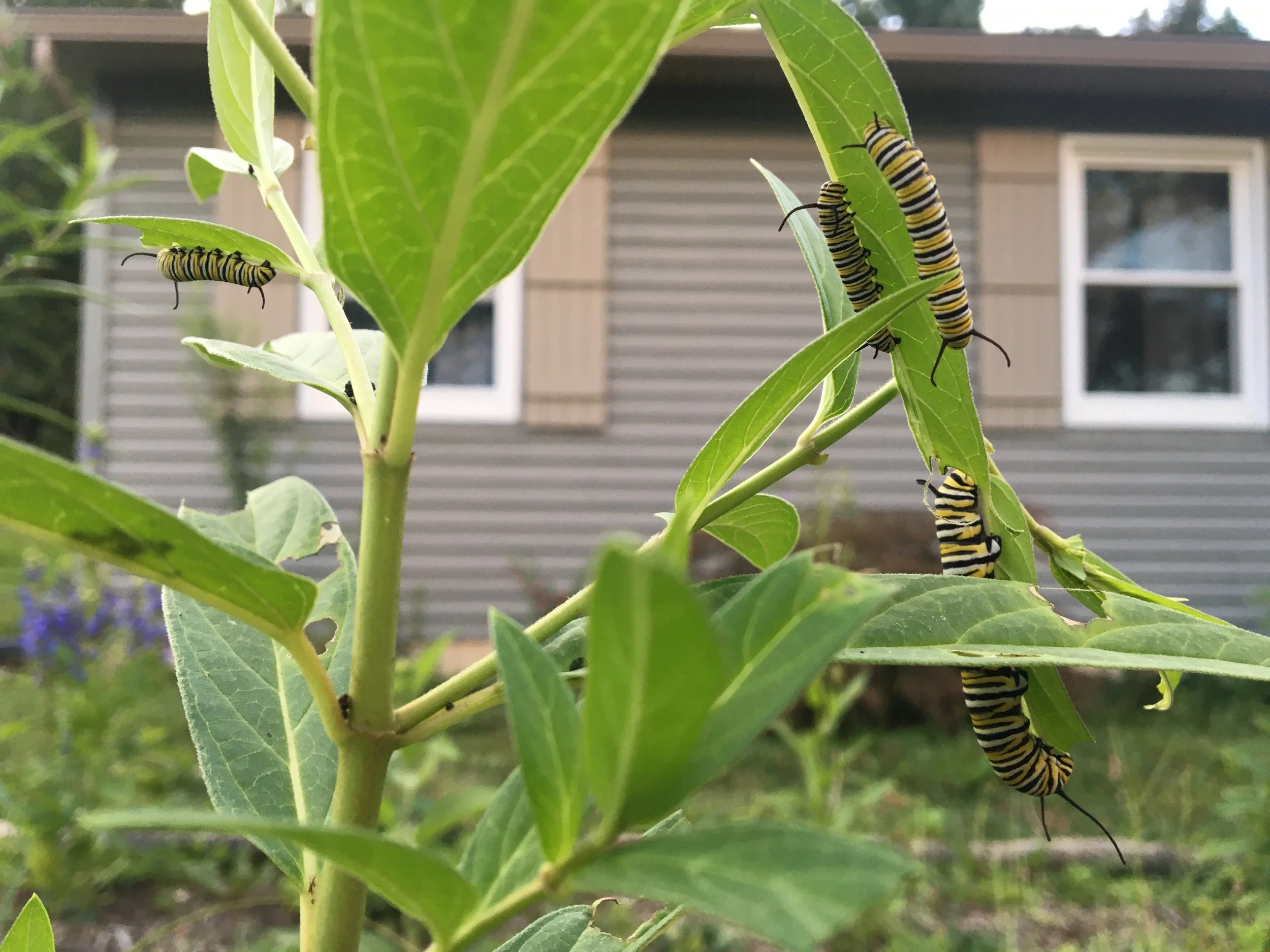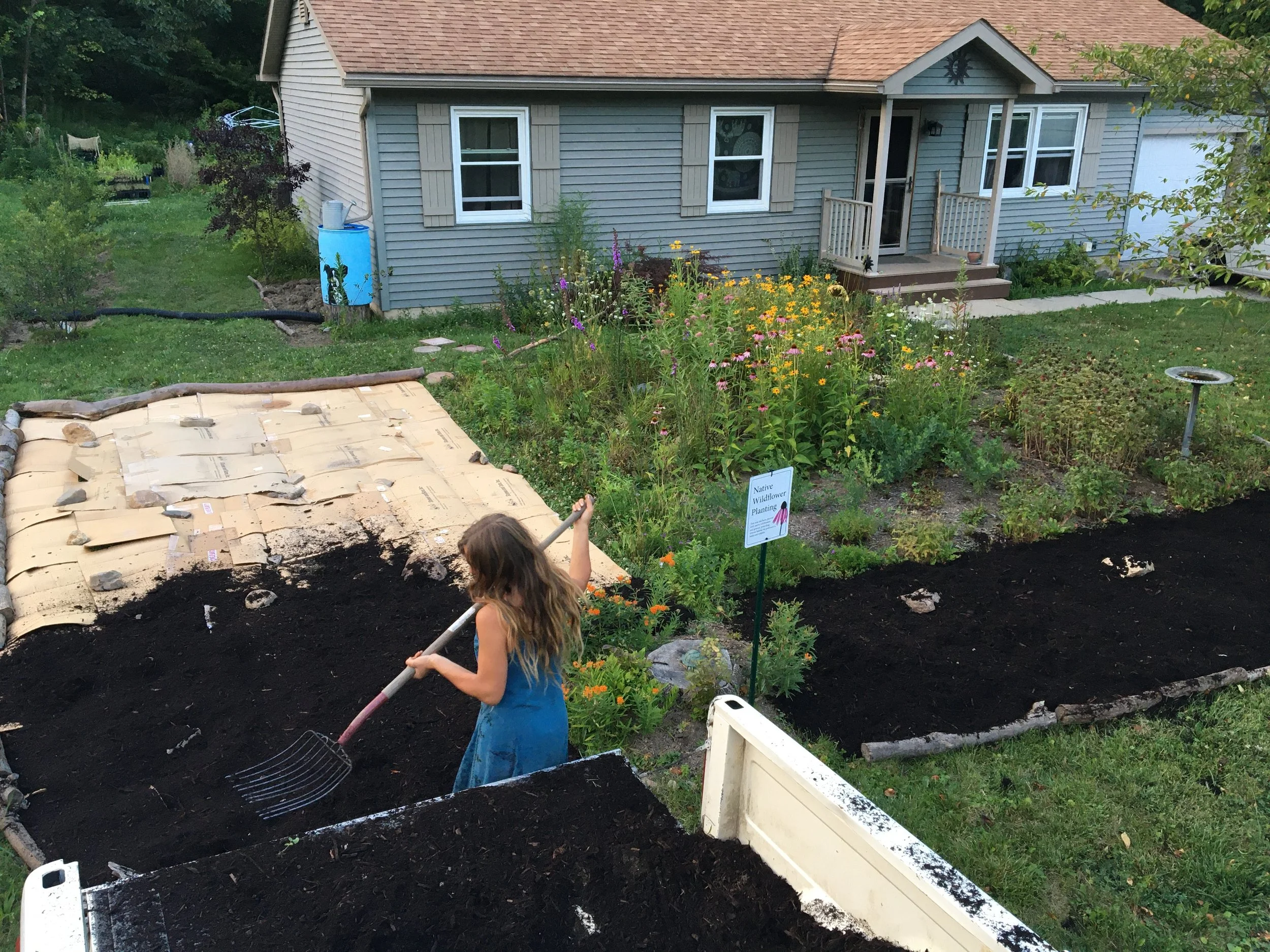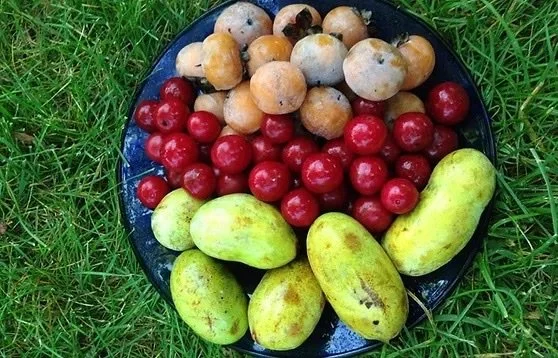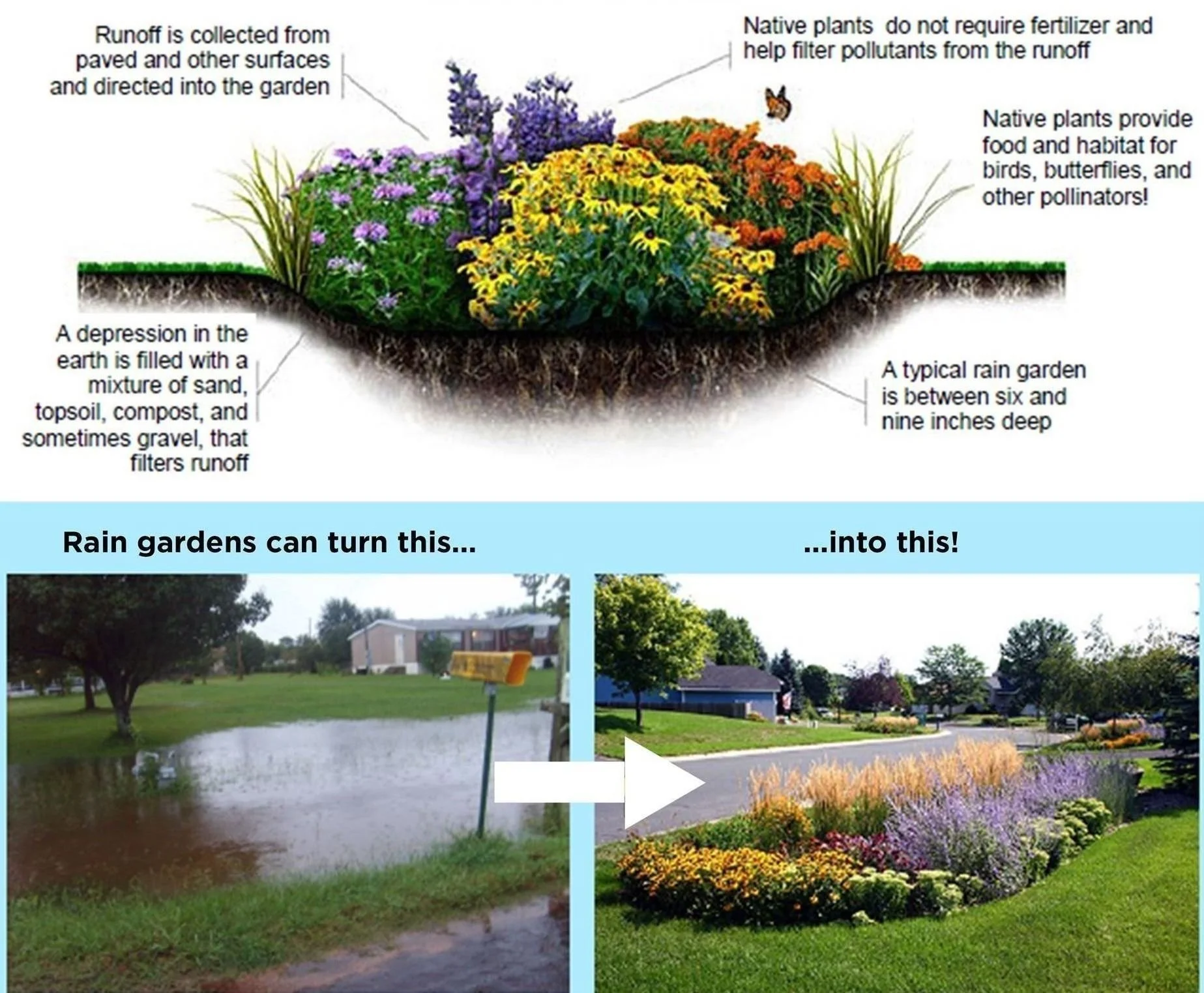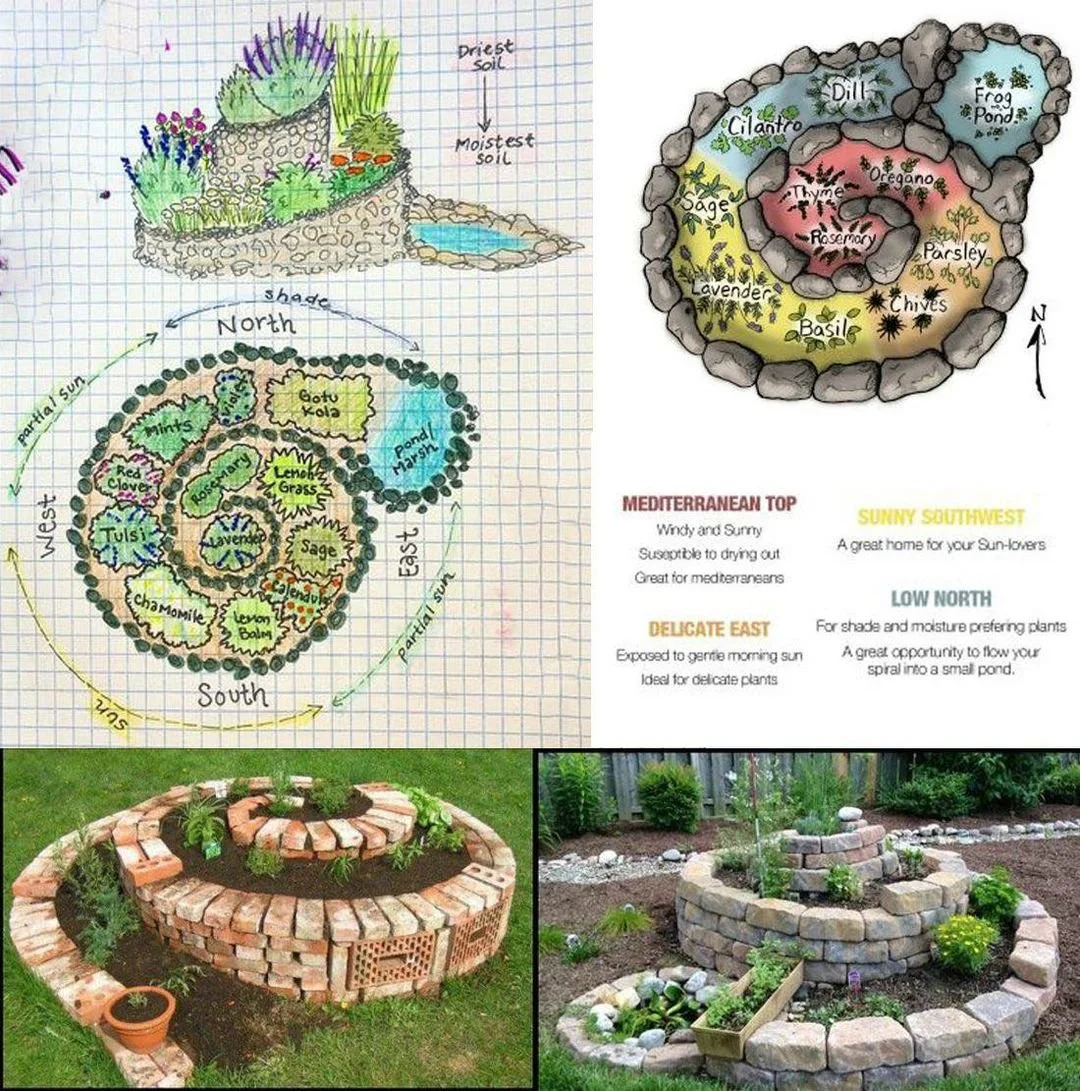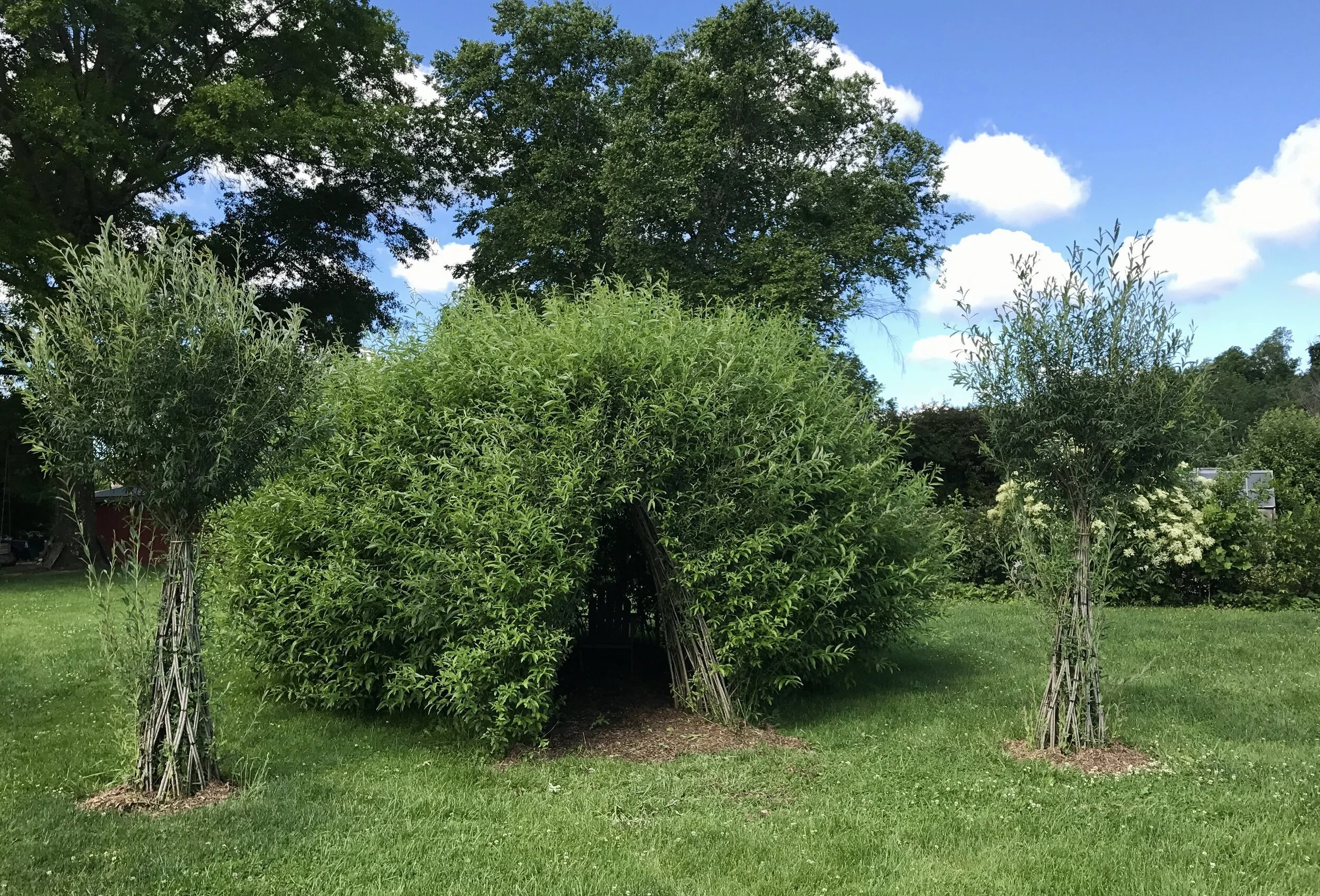Our Services
Lawn to Meadow Conversion
We transform high maintenance grass lawns into Low Maintenance Native Perennial Meadows, potentially for free.. A program with the Department of Conservation and Natural Resources (D.C.N.R) of Pennsylvania offering land stewards with at least 1/2 acre or more of lawn to a free conversion into a Native Perennial Meadow and or Upland Forest, if the yard meets all qualifications. Ecotopian EarthCare is an approved contractor with the state of Pennsylvania. If interested please click the Registration Form button below and be sure to add in Ecotopian EarthCare as a referral. Call us if you have any questions.
Why have your lawn converted into a Native perennial Meadow?
1. Lawns with turf grass are water-intensive, covering over 2 million acres in Pennsylvania and contributing to environmental issues.
2. Meadows, with the right native species, require no watering, minimal mowing, and offer ecological benefits, such as preventing flooding and supporting diverse wildlife habitats.
3. Turf lawns contribute to pollution through noise, fossil fuel use, synthetic fertilizers, and toxic herbicides, impacting water quality during storms.
4. Meadows, mowed only once a year, are chemical-free, sequester carbon, and fertilize themselves with nitrogen-fixing species.
5. Lawns, with shallow root systems, contribute to flooding, while meadows, with deep roots, help absorb more water and prevent erosion.
6. Turf lawns lack biodiversity, creating ecological dead zones harmful to pollinators.
7. Meadows provide quality habitat for beneficial insects, bees, butterflies, and birds, offering a diverse range of blooming cycles and winter bird feeding opportunities.
8. Choosing meadows over lawns contributes to restoring habitats that have been largely replaced by monocrop GMO fields.
Ecological and Edible Landscaping with Native Plants
Including - Mini Meadows, Rain Gardens, Medicine Gardens, Annual Food Gardens, Food Forests, & general landscaping with Native Plant Alternatives*Landscaping can be ornamental and still have a function for our ecosystem by incorporating Native Plants in an ecological design.
*Native Plants are required to host many beautiful butterflies, moths and beneficial insects to your site. There is a Native plant alternative in structural look to every typical ornamental foreign plant from the nursery trade that provides little to no help for our ecosystem and oftentimes becomes invasive expanding and taking over wildlife habitats.
*We give free estimates at an in person site visit where we can measure your ideal planting spots along with taking any preferences you may have on native plant species and placement. Our designs range from 5 to 10 cents per square foot. Which will include a printed design for the site caretaker.
*Additional services to the design can be accompanied by our supply of Native Plants from our local Nursery, and our team of landscapers can be hired to plant the design and maintain the planting for the first year or more.
Mini Meadow
Host a small space on your land from 100 to 1,000 Square ft. for a variety of Native Perennial Wildflowers that bloom 3 seasons of color and 4 season habitat for birds, butterflies, bees, and beneficial insects
We grow all of our Wildflower plugs by seed ourselves that we collected the previous year. With around 40 different flower species to choose from, we group together at least 12 different species that compliment one another in habitat preference, growth habit, bloom time, and color.
Specialized Types of Ecological Landscaping
2. Food Forests/Permaculture Design
Permaculture Design and techniques study the patterns in Nature’s blueprint and scale it down to match the planting site. By arranging the edible perennial agriculture in such a way with the land, Permaculture design allows for harmonious bio-diversity between plants by way of companion planting with multiple layers that symbiotically create a self nurturing ecosystem while providing more food per square feet. by utilizing vertical growth.
3. Rain Gardens
A Rain Garden is a planted depression that soaks up rainwater runoff from roofs, driveways, walkways, and compacted lawn areas - water that would otherwise carry pollutants directly to our streams. A Rain Garden planted with Native Perennial Wildflowers, shrubs, and small trees can soak up to 30 percent or more water than an equivalent patch of lawn and provide beautiful and ecological habitat for pollinators and birds.
Have a flooded area on your land where water tends to sit making it hard to cut the grass? A well constructed Rain Garden can be the answer to soak up this stagnant puddling water and also contain and redirect it from flooding your basement or your neighbors. As a bonus to helping with flood issues, a rain garden planted with Native Perennial Wildflowers doubles as a Pollinator Garden bringing beautiful 3 season color and 4 season habitat for birds, butterflies, bees, and beneficial insects to a place in your yard that was otherwise unutilized and hard to maintain.
4. Riparian Buffers
Are 15 to 35 ft wide corridors of Native plant vegetation along creeks and rivers that provide a variety of benefits to water quality and our communities.
Why have a Riparian Buffer?
Riparian buffers in urban areas serve multiple purposes, including filtering pollutants and regulating runoff, creating wildlife habitats, cooling streams for aquatic species, preventing erosion, boosting property values, reducing flooding, offering recreational spaces, supporting local economies, fostering edible and medicinal plant growth, sequestering carbon, and enhancing water purification through beneficial bacteria and fungi.
5. Medicine Garden
Our herbalist JennaRose offers her knowledge to you and your land by helping you create a medicine garden that suits your needs. With a selection of annual medicinal plants like Ashwagandha, Tulsi, Calendula, etc. suited for an elegant space saving herb spiral bed, and/or a selection of Native perennial medicine plants like Echinacea, Blue Vervain, Wild Rose, etc. suited to be planted directly into your sites original soil whether along borders, in wet areas, or mass plantings dependent on upon what your landscape naturally has to offer for an ecological design. When it comes to harvest time, JennaRose also offers a service of processing and alchemizing the herb, root, or fruit into medicine for your needs through WildRose Herbal Apothecary. Please contact us for Medicine Garden services before April 1st.
Replacing Invasive plants with low ecological function from a site with Native Plants that will play a vital role in the ecosystem. Invasive plants are foreign plants that were brought across seas to be sold in Plant Nurseries. These plants have entered our Woodlands, fields, forest edges, road sides, and river buffers by birds, wind, or people dumping them. The major issue with some of these foreign nursery plants is that they are extremely aggressive and out-compete our native plants' in their own habitat. Why is this a problem? Well, foreign plants tend to be unrecognizable to our native butterfly and moth population and most of our native bees and other insects. Some butterflies and Moths are so particular that they will only lay their eggs on one type of Native plant. For example, the Endangered Zebra SwallowTail Butterfly will only host on the PawPaw tree, and the Endangered Monarch Butterfly will only host on Milkweed; no other plant in the world can host these butterflies. This Affects butterflies and moths and it trickles down the food chain as 95% of Birds rely on caterpillars to feed their babies. We have lost 2.9 billion birds 29% since 1970 and more than 40% of our insect species. Let’s not let that trend continue.
Invasive Plant Removal
The longevity and beauty of a Living Willow Fence surpasses that of one made from dead material.Willow's super power is that a cutting of any size of its branch will attempt to root when planted in or near the soil. Willow branches can easily be harvested without killing the plant because once the branches are pruned, new growth will grow out 10x fold and grow 4-12 ft in one year!!! This technique is called Coppicing or pollarding! We will begin with an example Willow fence in our yard and a public space in the community late winter of 2024 as this is the time to harvest cuttings of willow branches. After honing our skills with the fence we will offer our services to plant and structurally take care of them in January/February of 2025. The new growth from the top of the willow fence can easily be pruned back. If you would like to harvest the new growth for structural material, like basket weaving, simply wait until the winter to prune/harvest. Willows leaves that would grow out of the fence are edible to Horses, Cows, Deer, etc. Willows fences sequester carbon. Willow roots soak up and filter toxins like heavy metals, chemicals, feces out of water/soil and are great for stream bank stability preventing erosion.
Living Willow Fence
“To rewild & restore our sense of Self, we need to remove & compost the handed down habits, beliefs & stories that become like concrete & weedkillers to our soul.”
— Bridgit Anna McNeill
